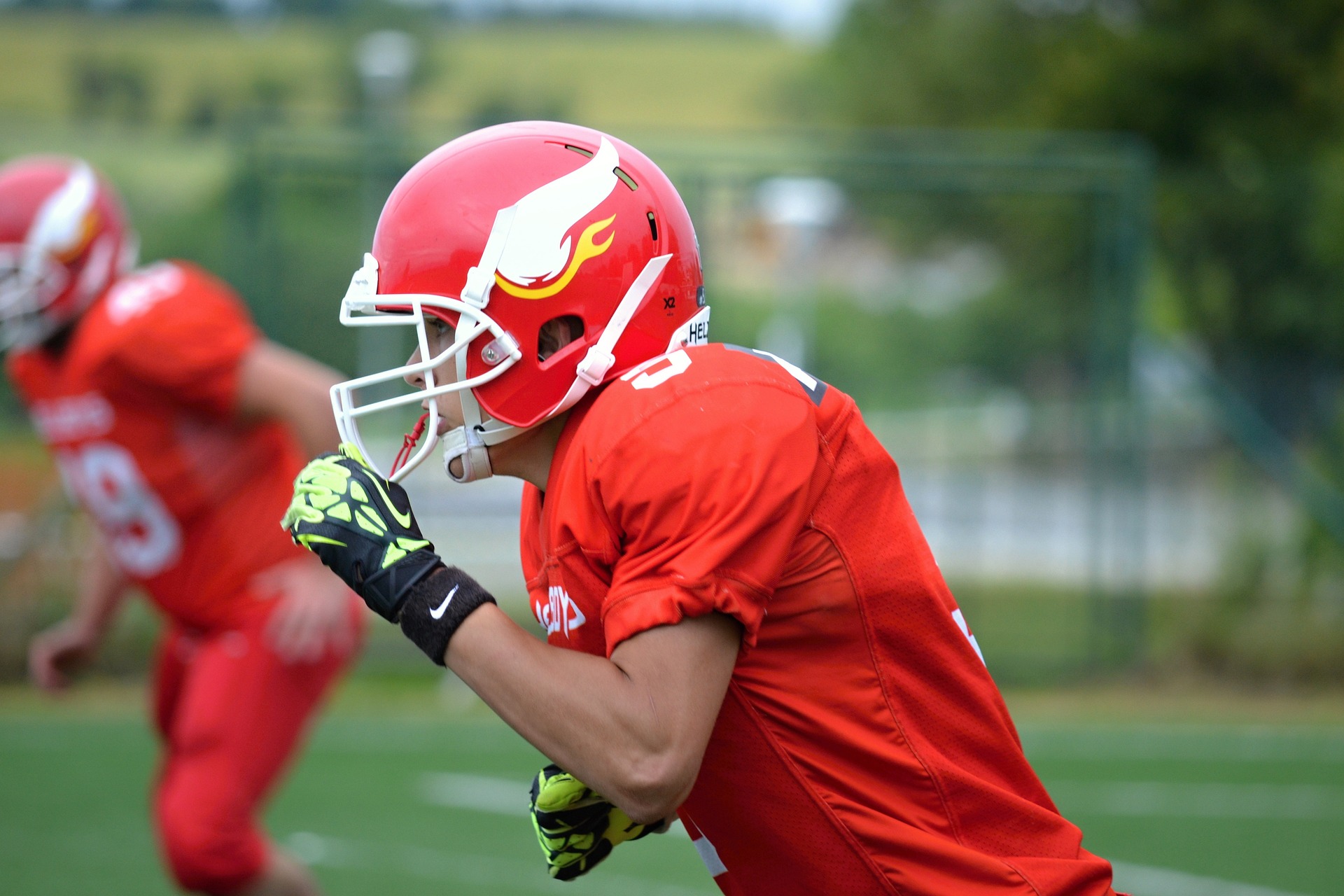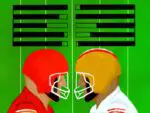In 2020, the Xtreme Football League (XFL) emerged as a promising spring football alternative, potentially filling the void left by the immensely popular National Football League (NFL). Following the conclusion of the NFL season, which crowned the Kansas City Chiefs Super Bowl champions, football enthusiasts across the United States eagerly anticipated the arrival of the XFL. After a lengthy three-year hiatus, the league made its triumphant return, drawing significant crowds as eight teams took to the field.
Regrettably, the excitement was short-lived, as the COVID-19 pandemic disrupted the XFL’s operations, forcing its closure and leading its owner Vince McMahon to declare bankruptcy. It seemed that the league was simply another victim of the pandemic’s devastating impact on businesses and innovative ideas. However, under the leadership of new owners Dwayne “The Rock” Johnson, Dany Garcia and Gerry Cardinale’s RedBird Capital, the XFL has made a resurgence, thrilling football fans across the nation. Their opening weekend on Feb. 18 was a resounding success.
A Change of Pace
To compensate for the lack of star power compared to the NFL, the XFL has implemented innovative rules to engage viewers and maintain their interest. The fledgling league has retained the same rules from 2020, which differ significantly from those of the National Football League. The most prominent rule variation is the kickoff format used at the beginning of each game and after each team scores. The XFL initiates play with a kickoff from the 30-yard line, as opposed to the 35-yard line used by the NFL. The NFL’s longer kickoff distances have resulted in fewer kickoff returns, and the XFL aims to increase excitement by allowing more of these plays. Until the ball is caught, only the kicker and the returner may move, enabling the returner to gain more running space upon catching the ball.
If a kickoff fails to cross the opposing team’s 20-yard line or goes out of bounds, the receiving team obtains possession at the kicking team’s 45-yard line. This rule increases accountability for the kickers and generates more consequences for their actions. These dynamic rules contribute to more exciting gameplay, enhancing viewership figures.
The XFL has implemented several exciting rule changes to differentiate itself from the NFL. For starters, the XFL uses a kickoff format where the ball is kicked from the 30-yard line instead of the 35-yard line, which can result in more kickoff returns. Additionally, the XFL uses a running clock during the game, except for the final two minutes of each half, where the clock stops on incomplete passes or plays that go out of bounds. The play clock is also shorter, with a 25-second clock compared to the NFL’s 40-second clock, to speed up the game.
Another major change is the allowance of a double forward pass, as long as the initial pass stays behind the line of scrimmage. The XFL also requires only one foot in the end zone for a catch to count, as opposed to the NFL’s two-foot rule. The most significant change, however, is the elimination of traditional extra points. Instead, teams can choose to attempt a one-point, two-point, or three-point conversion from the two-yard line, five-yard line, or ten-yard line, respectively.
The XFL is also attempting to reduce the number of punts in the game. Before the ball is punted, no member of the punting team may cross the line of scrimmage, and gunners are not allowed. The 35-yard line is the starting point for all touchback punts, and punts intended to be out of bounds must be put at the 35-yard line or another appropriate location.
All these changes are aimed at making the XFL games more exciting and engaging for fans. By encouraging more action and fewer breaks in the game, the XFL is hoping to appeal to fans who may find the traditional NFL games to be slow-paced.
Unfortunately, the returning league had a slow start on opening weekend compared to previous years. Compared to other football leagues such as the USFL and Alliance of American Football, the third season of the XFL got off to a significantly slower start. The viewership for the first four XFL telecast windows was down at least 50% from comparable windows during the previous three years of the XFL. The first game between Vegas and Arlington on ABC drew an average of 1.54 million viewers on Saturday afternoon, which is a 54% decrease from the first game on the same network three years prior (3.30 million. Moreover, viewership dropped 27% from the inaugural Sunday afternoon USFL game on NBC last year (2.15 million).
For the Orlando-Houston game on Saturday night, ESPN and FOX together averaged 1.14 million viewers on television, down 65% from a primetime window on FOX three years ago (3.29 million). Seattle vs. DC drew 918,000 viewers on ESPN alone on Sunday night, a weekend low and a 63% decrease from the same ESPN window in 2020 (2.50 million). The last XFL required five weeks before its viewership fell below one million for the first time. With all this in mind, it is safe to say that the XFL is in some trouble, but with the new rule changes, there is no reason to believe the attendance cannot be turned around.


















I really like reading through a post that can make men and women think. Also, thank you for allowing me to comment!
Salt & Pepper USA Inc’s delicious meals make family dinners a breeze. Try them out for convenient and tasty dining.
Takipteyim kaliteli ve güzel bir içerik olmuş dostum.
For the reason that the admin of this site is working, no uncertainty very quickly it will be renowned, due to its quality contents.
Global connections are forged as Conti champions cultural exchange through film.